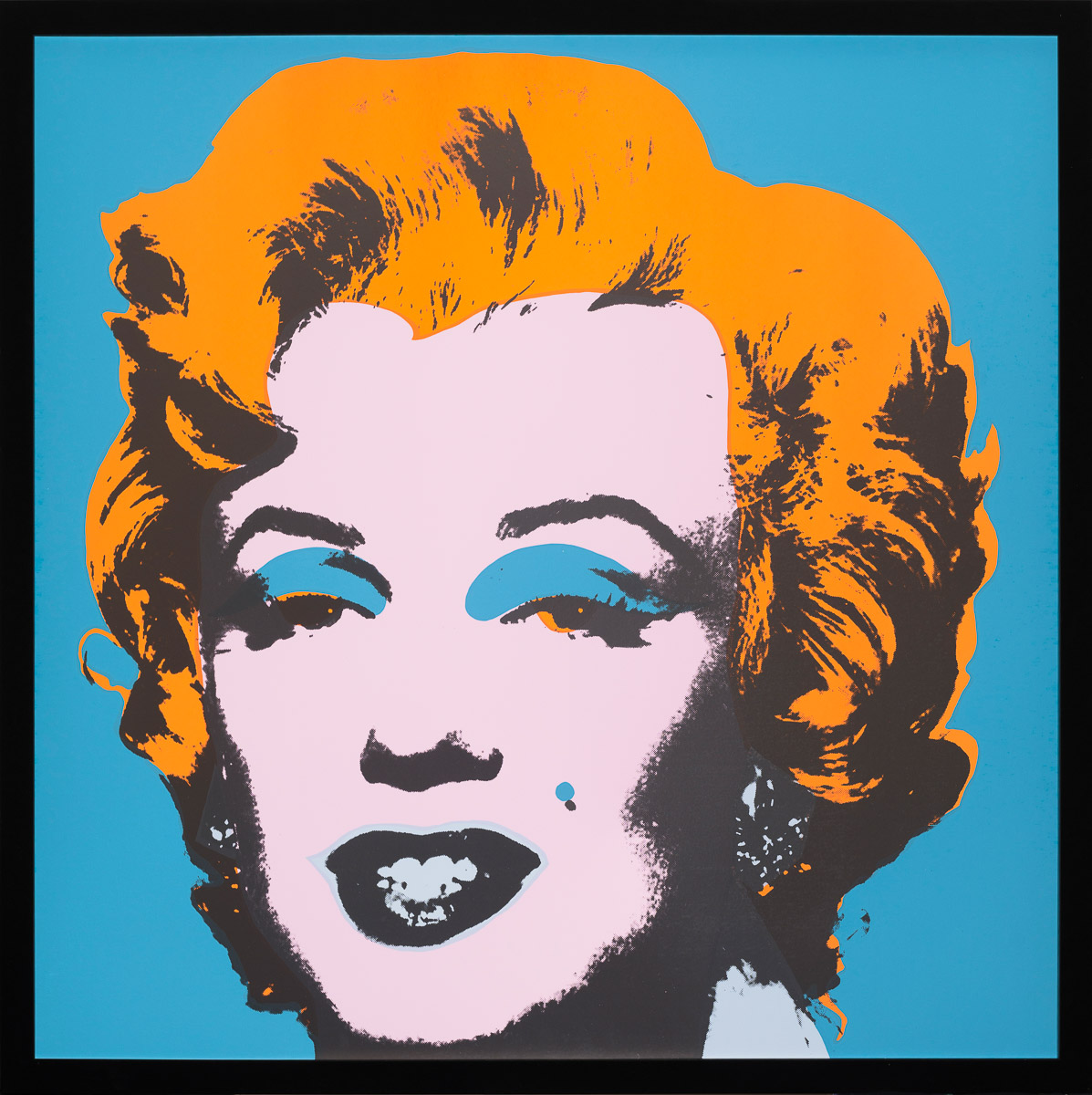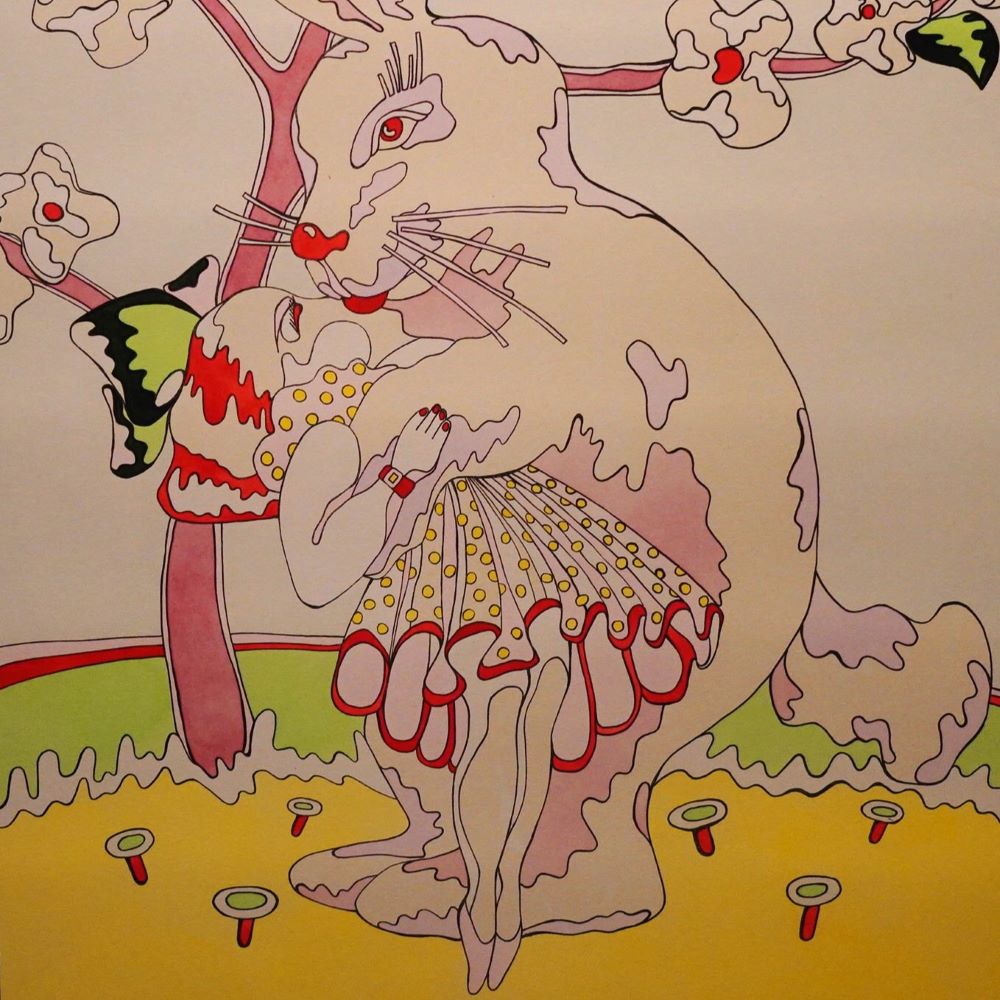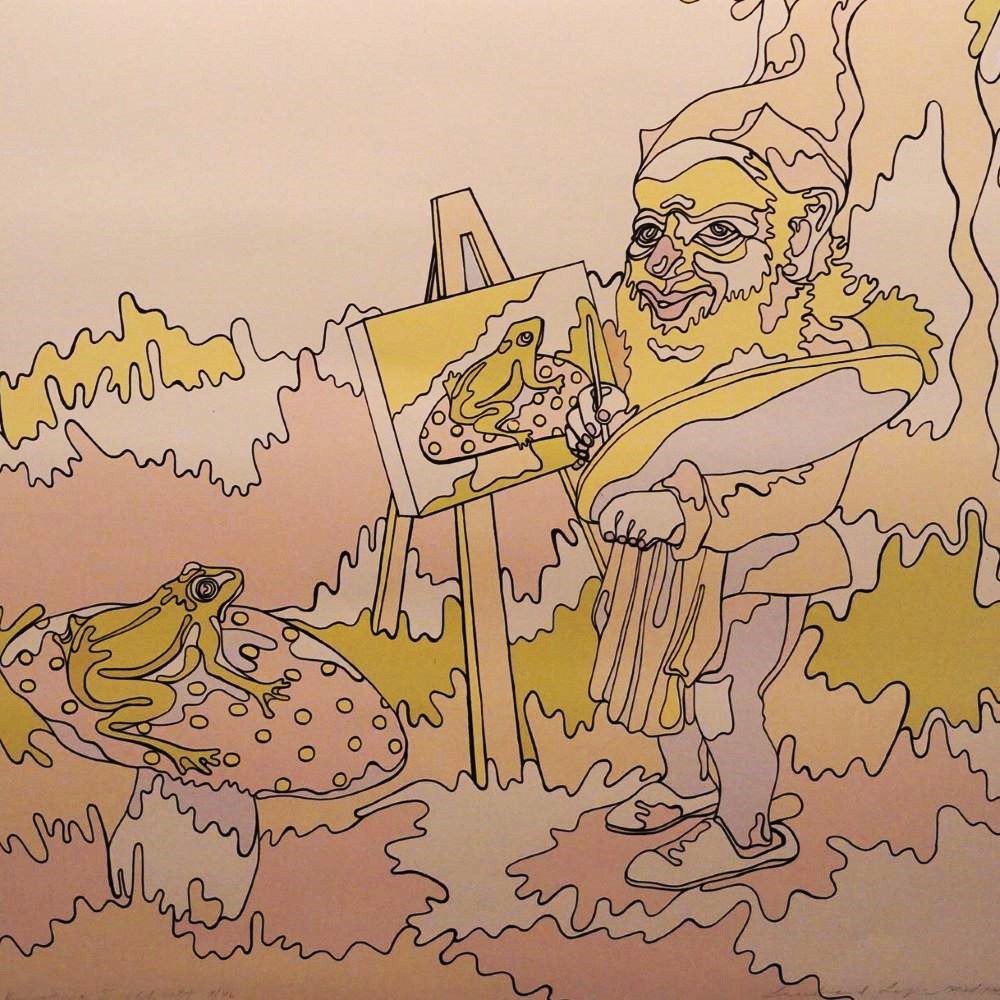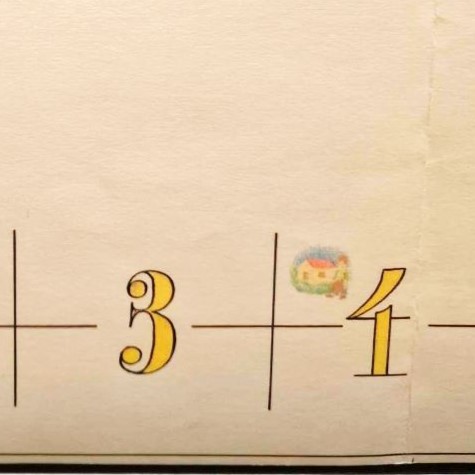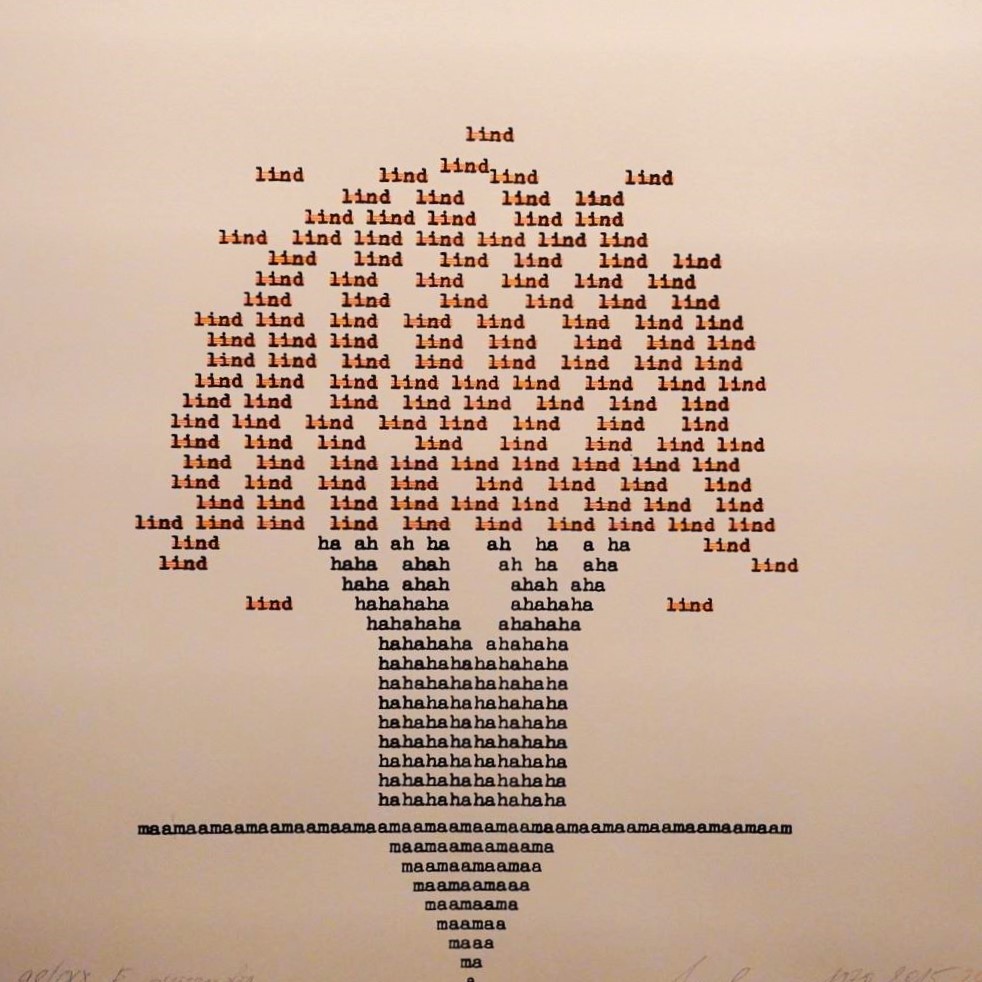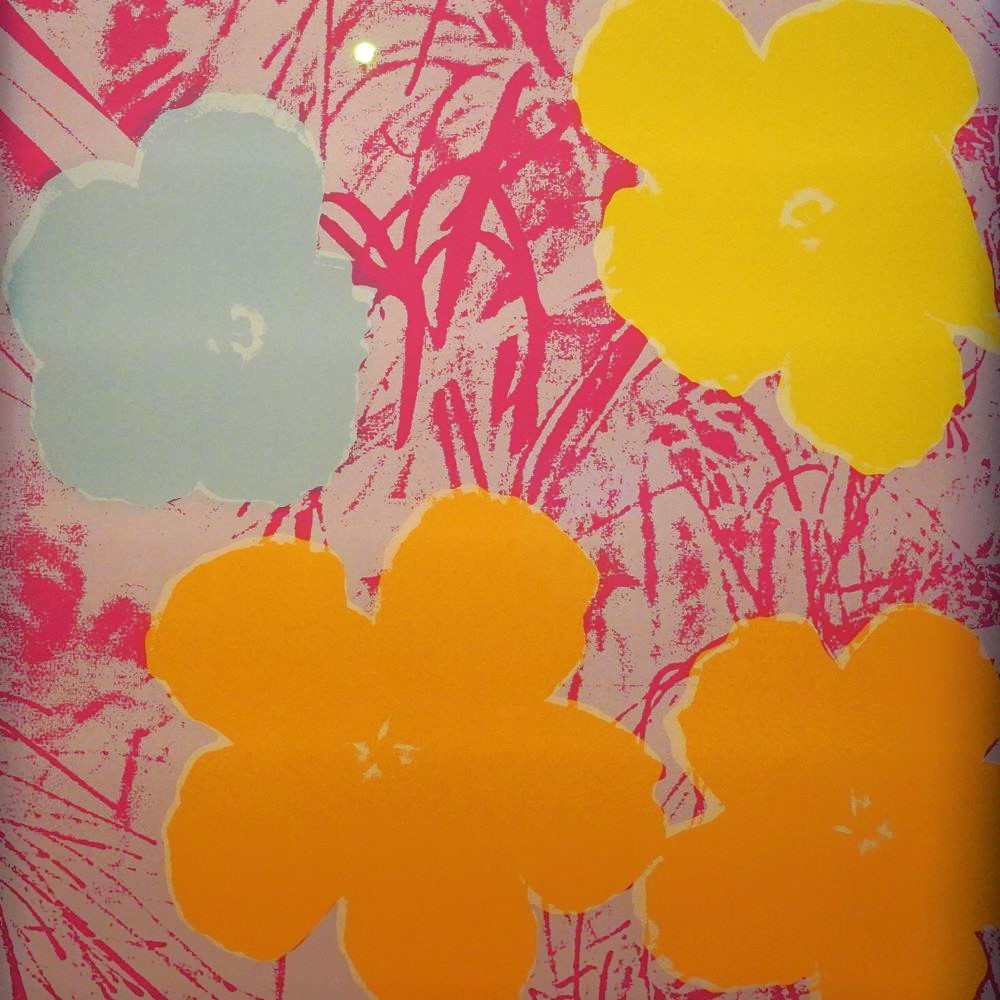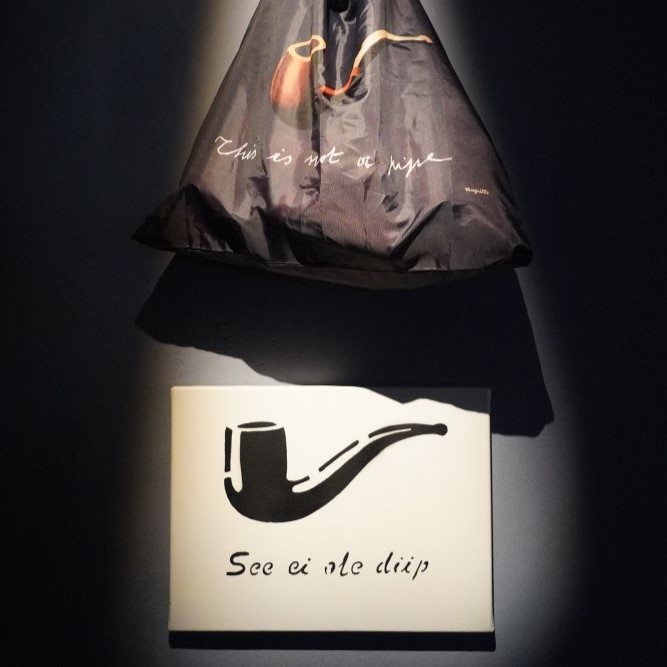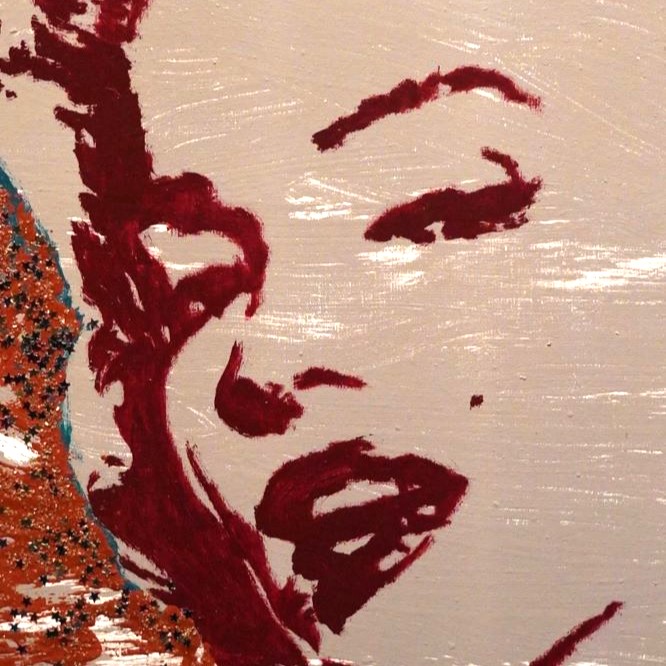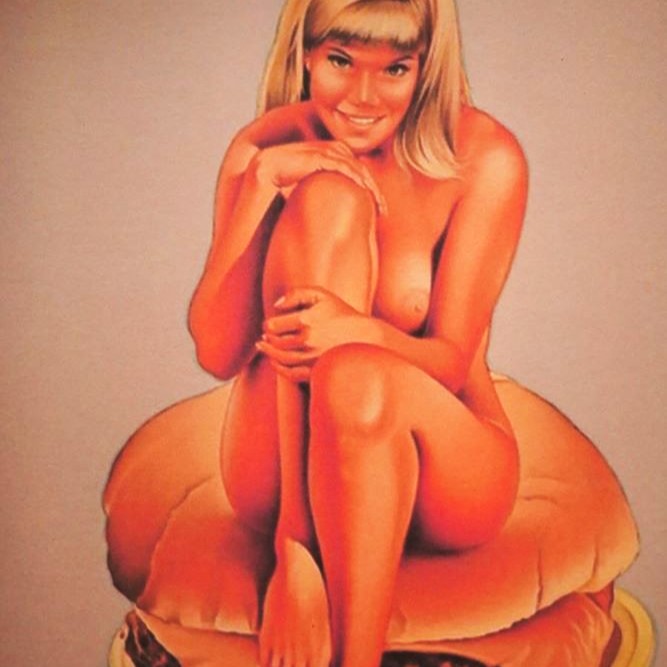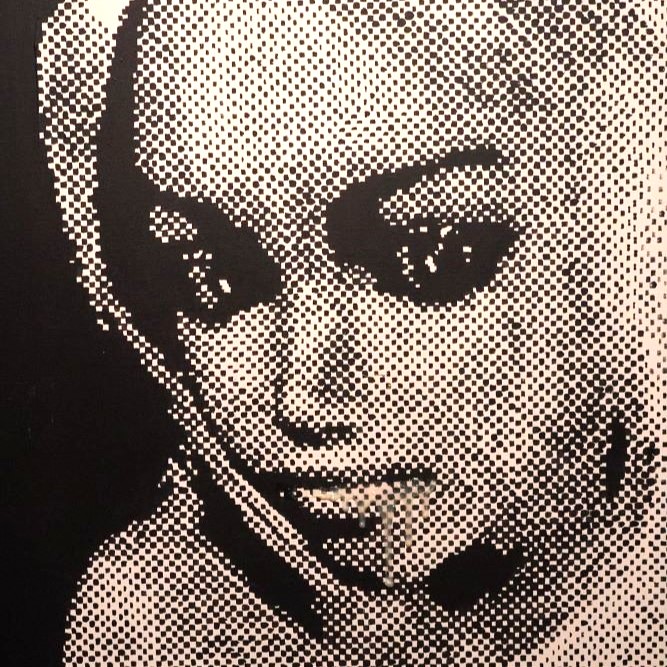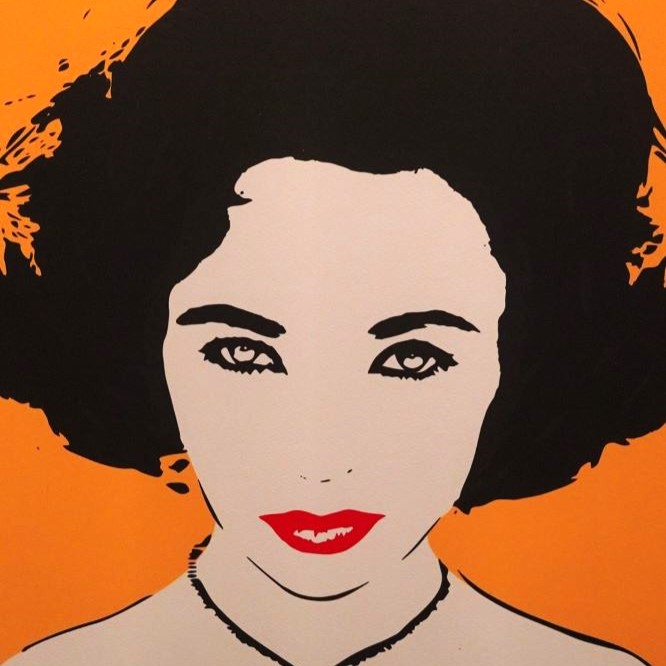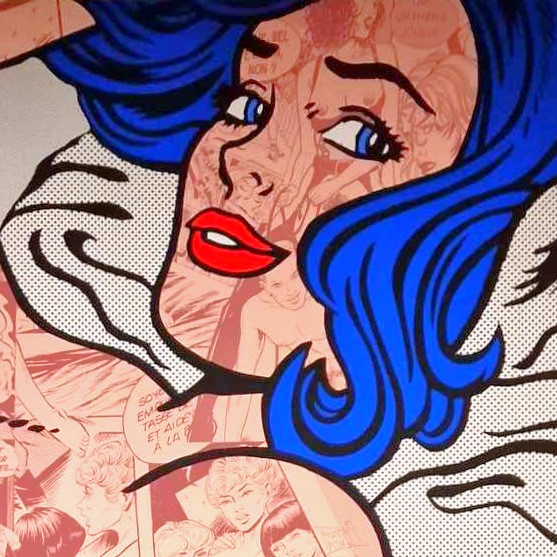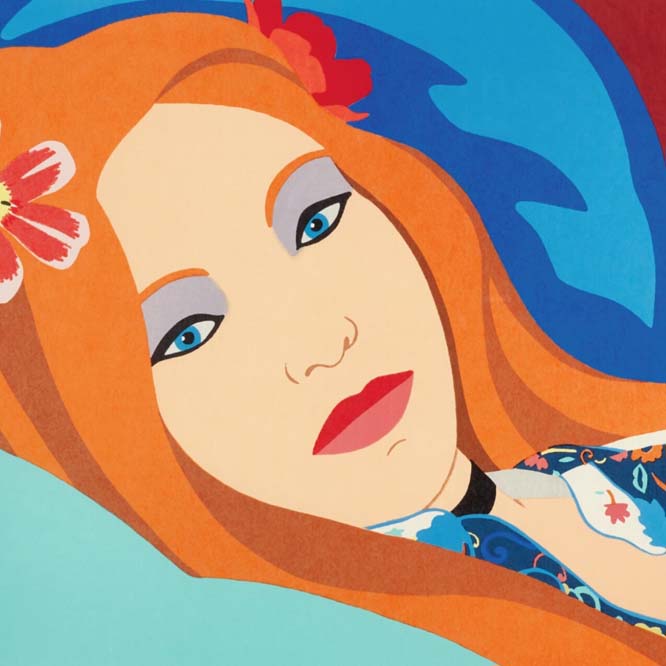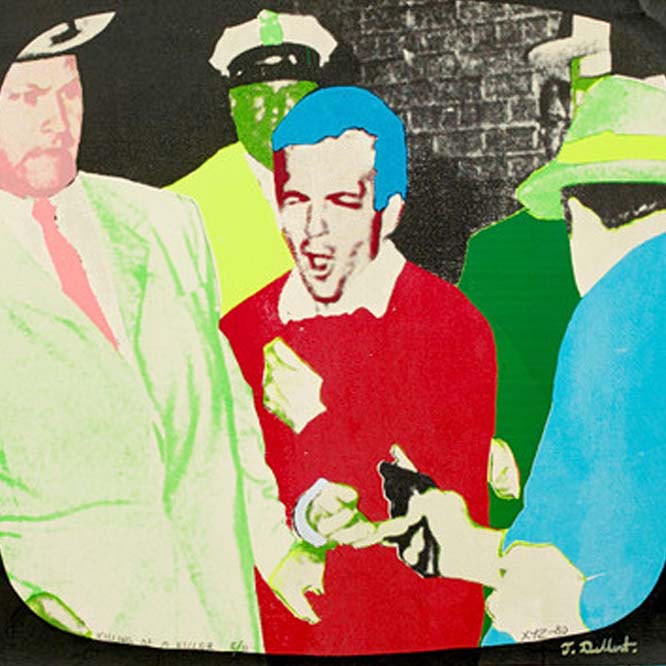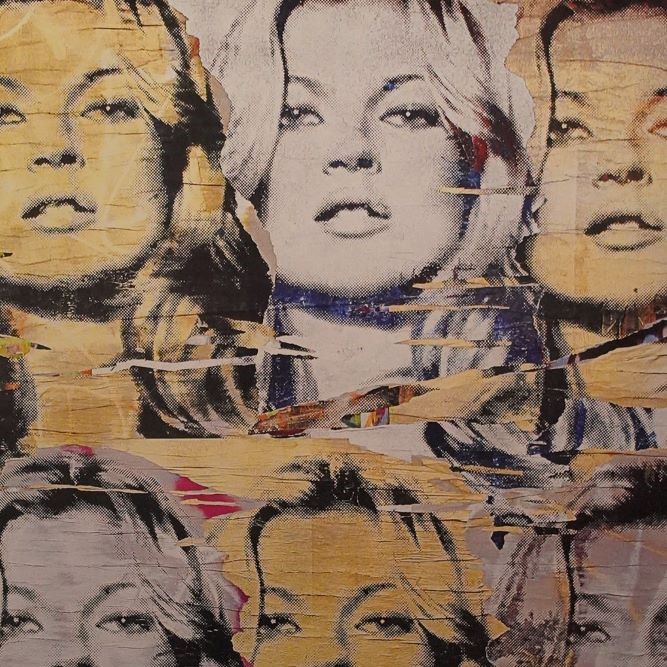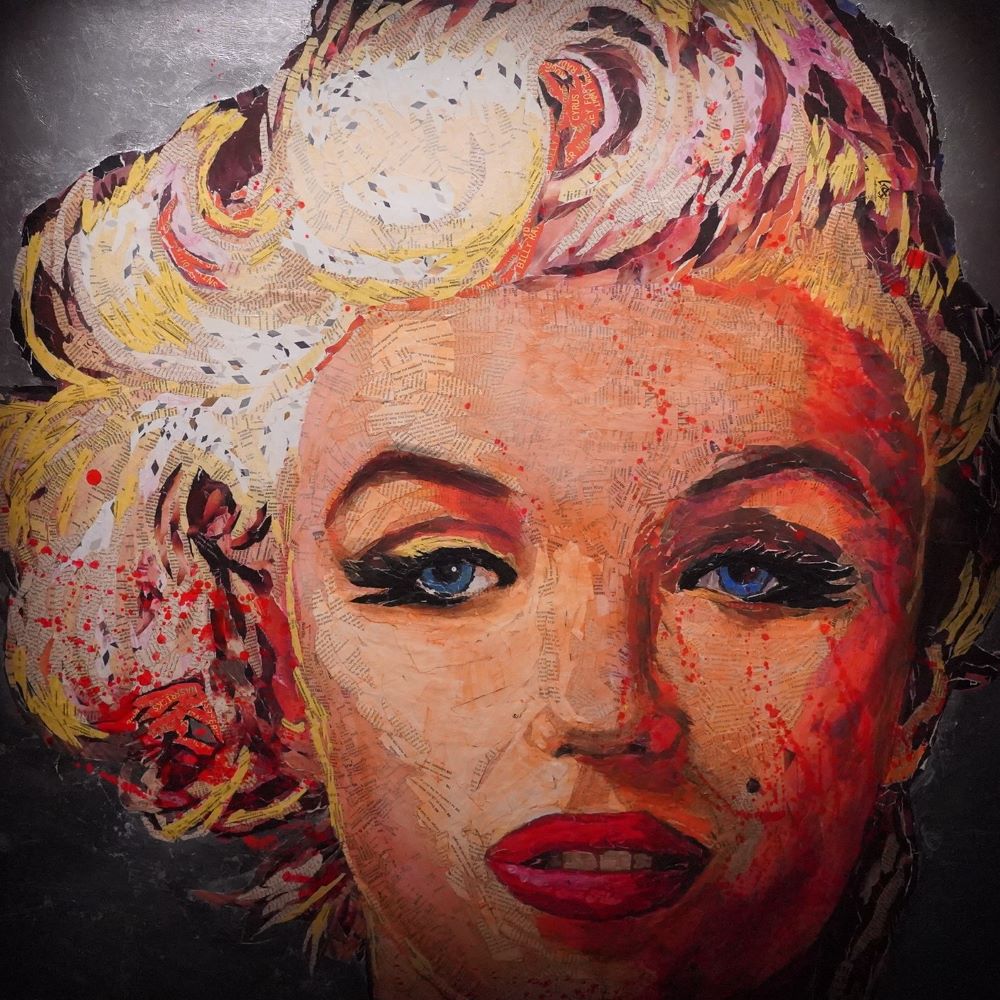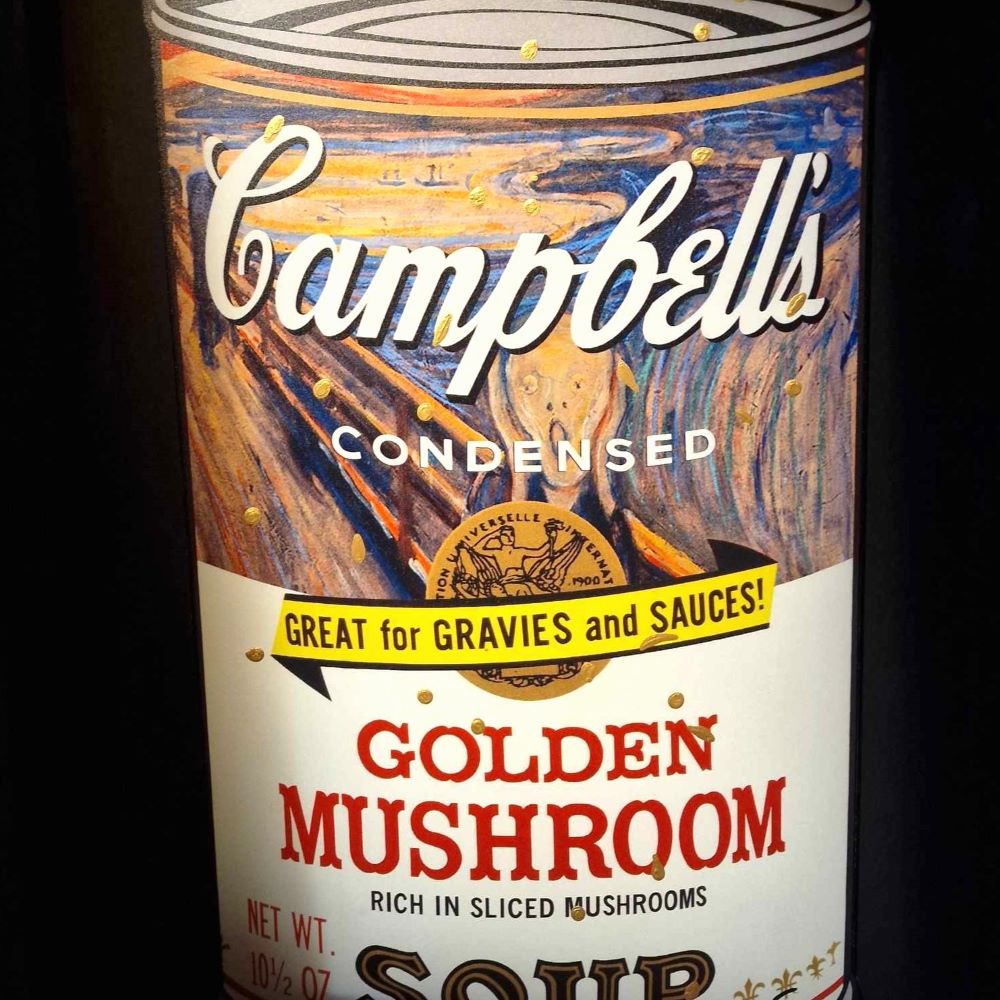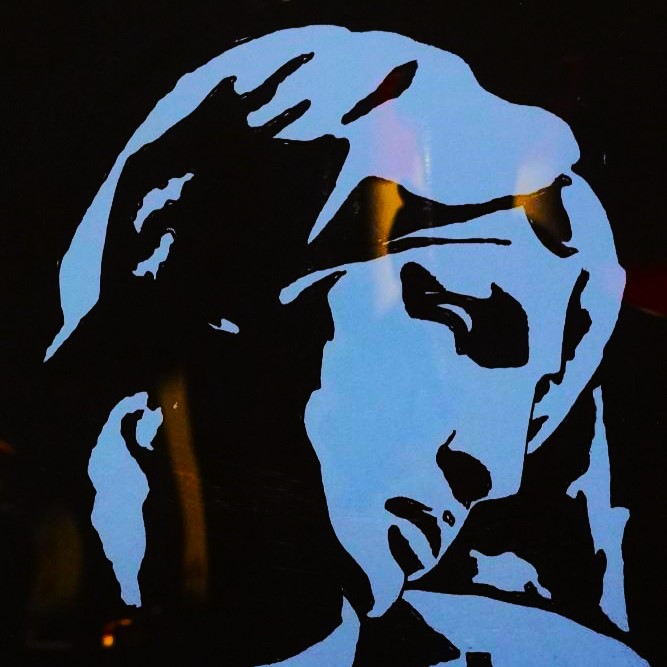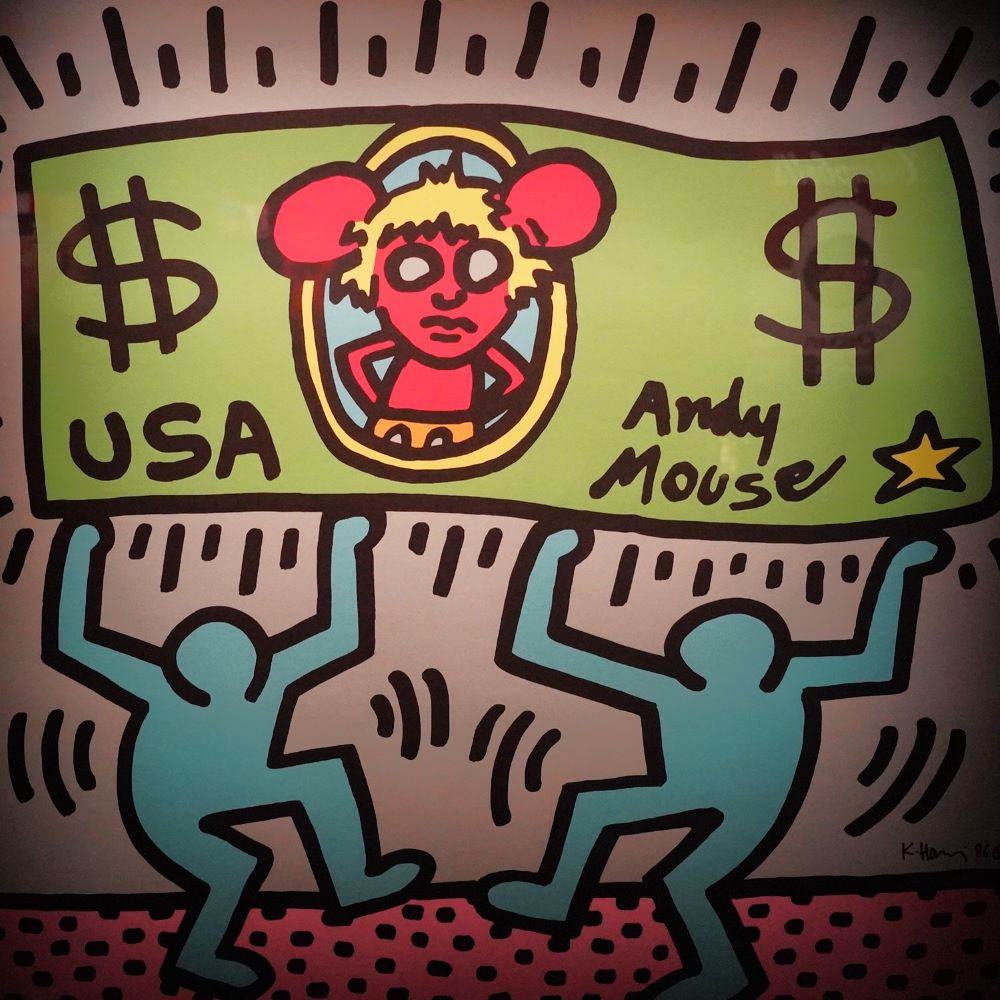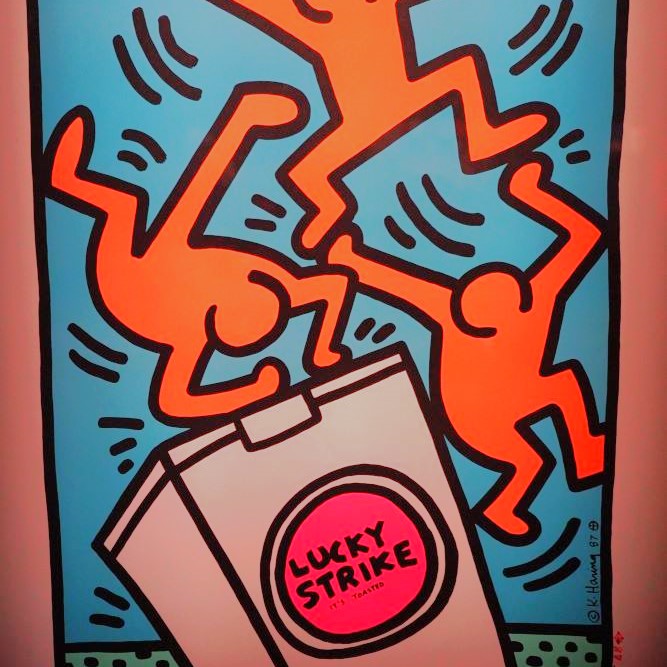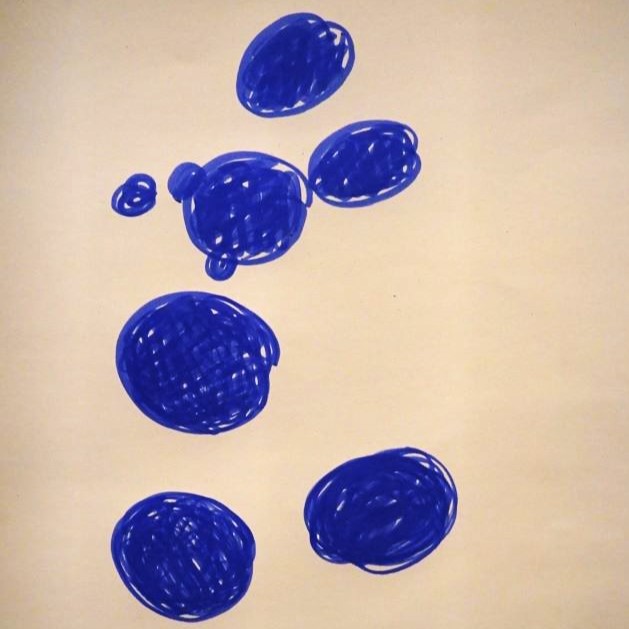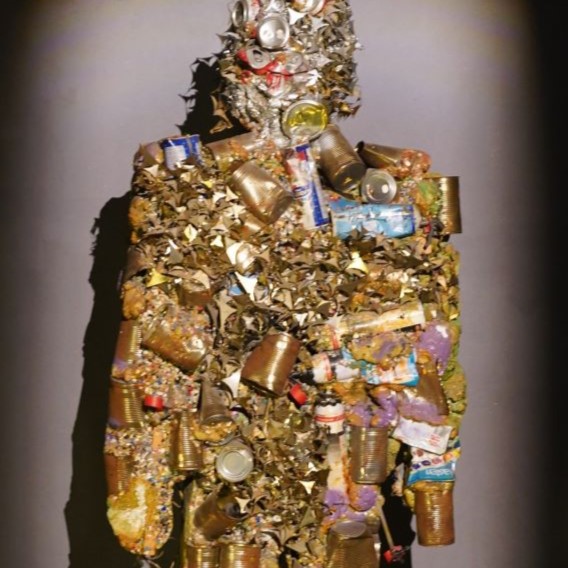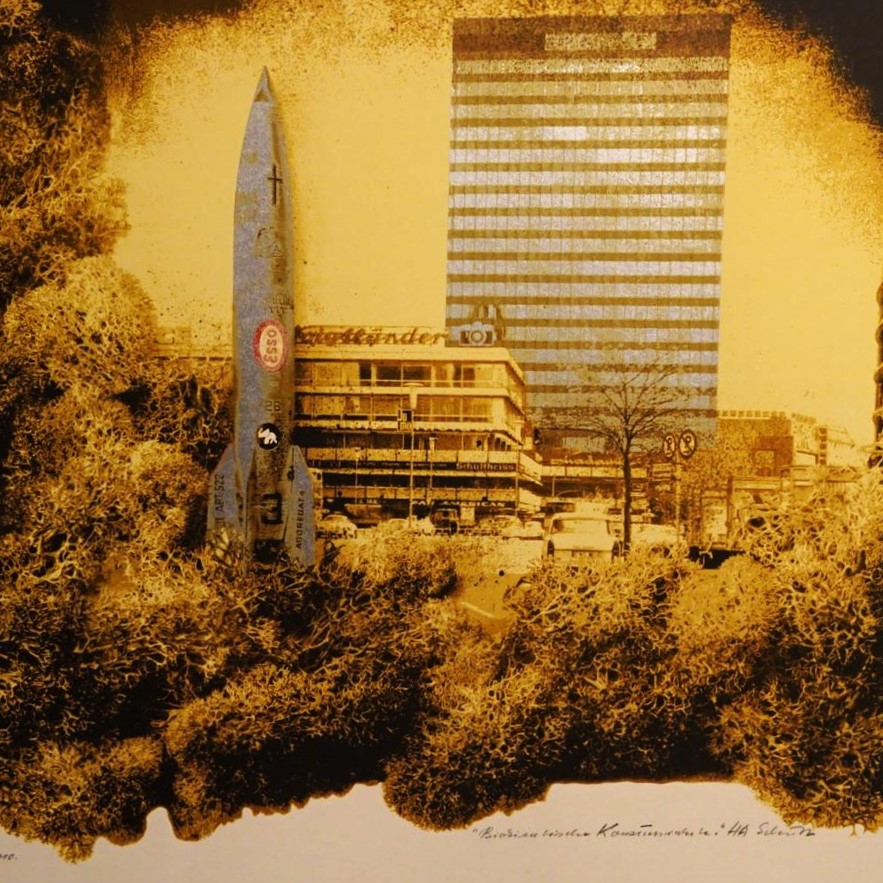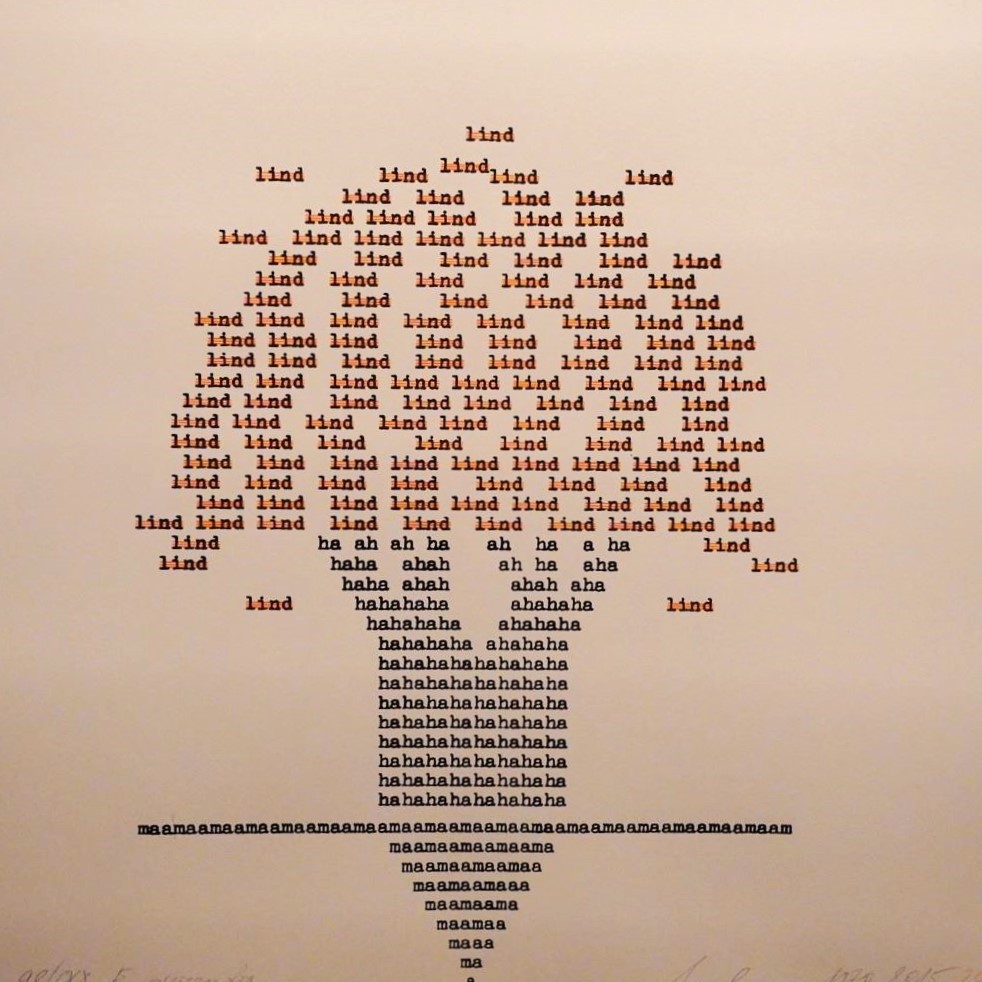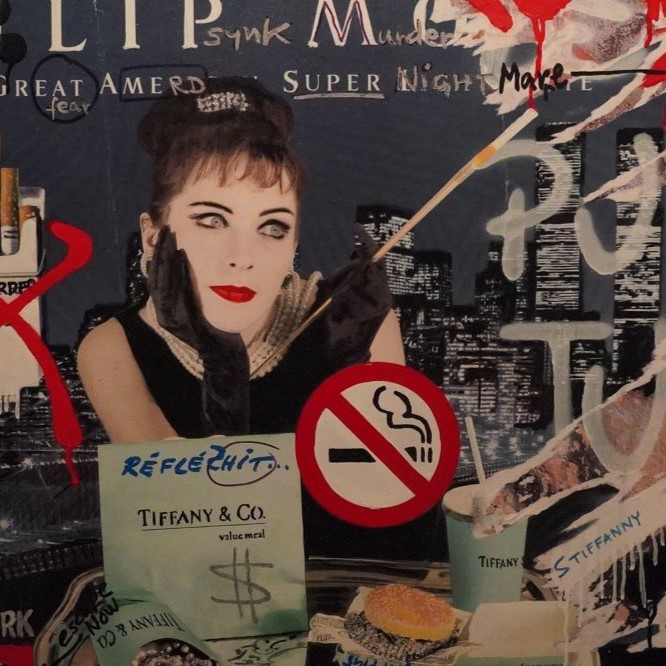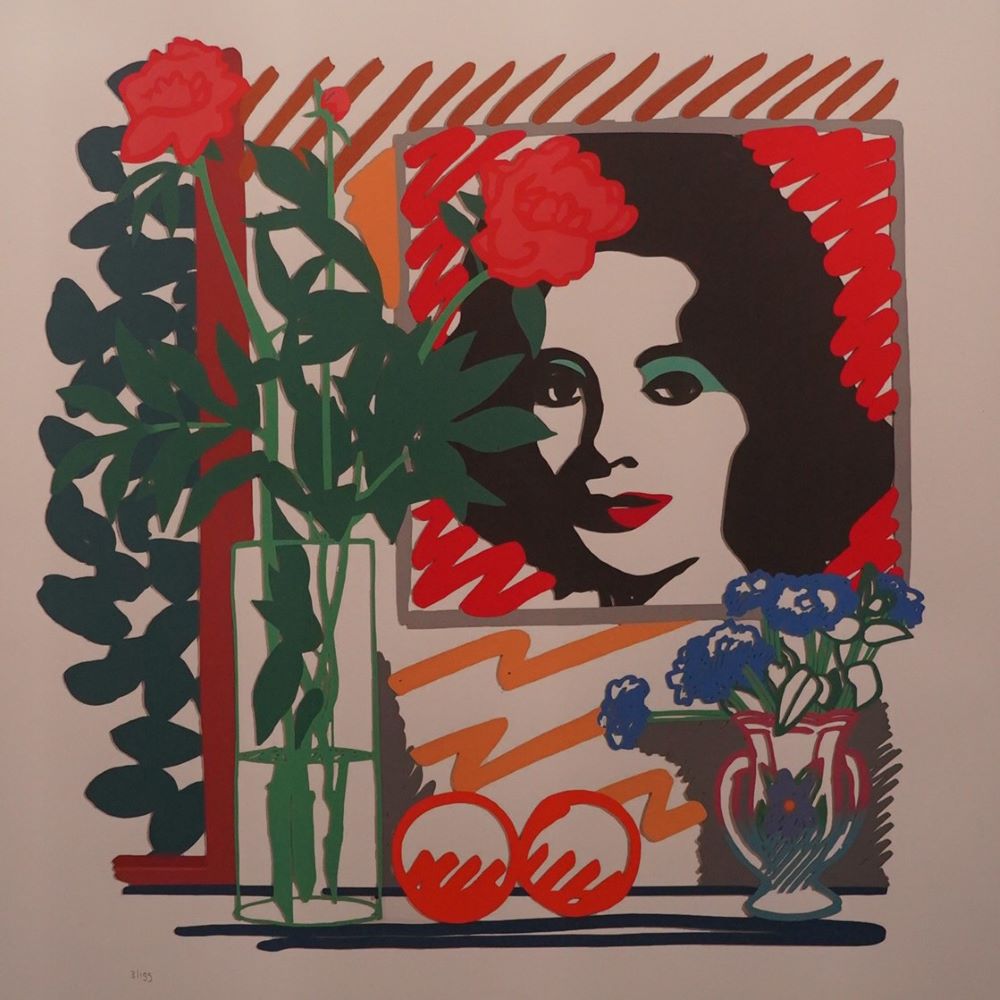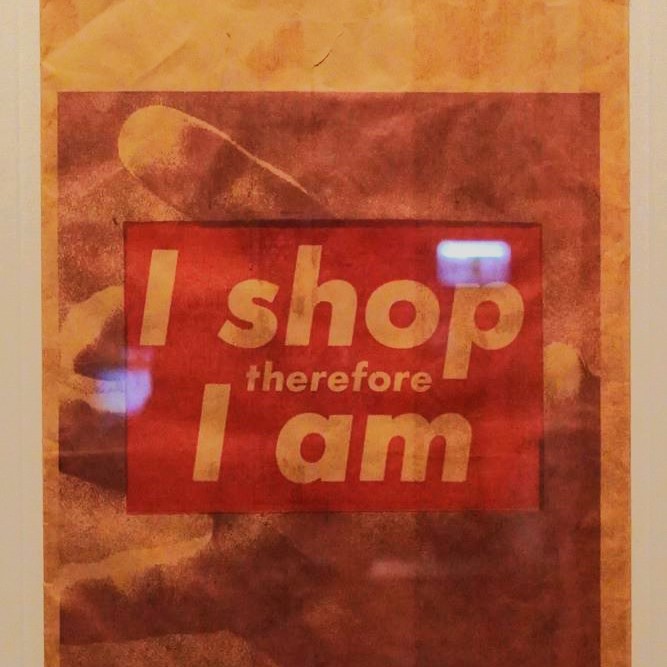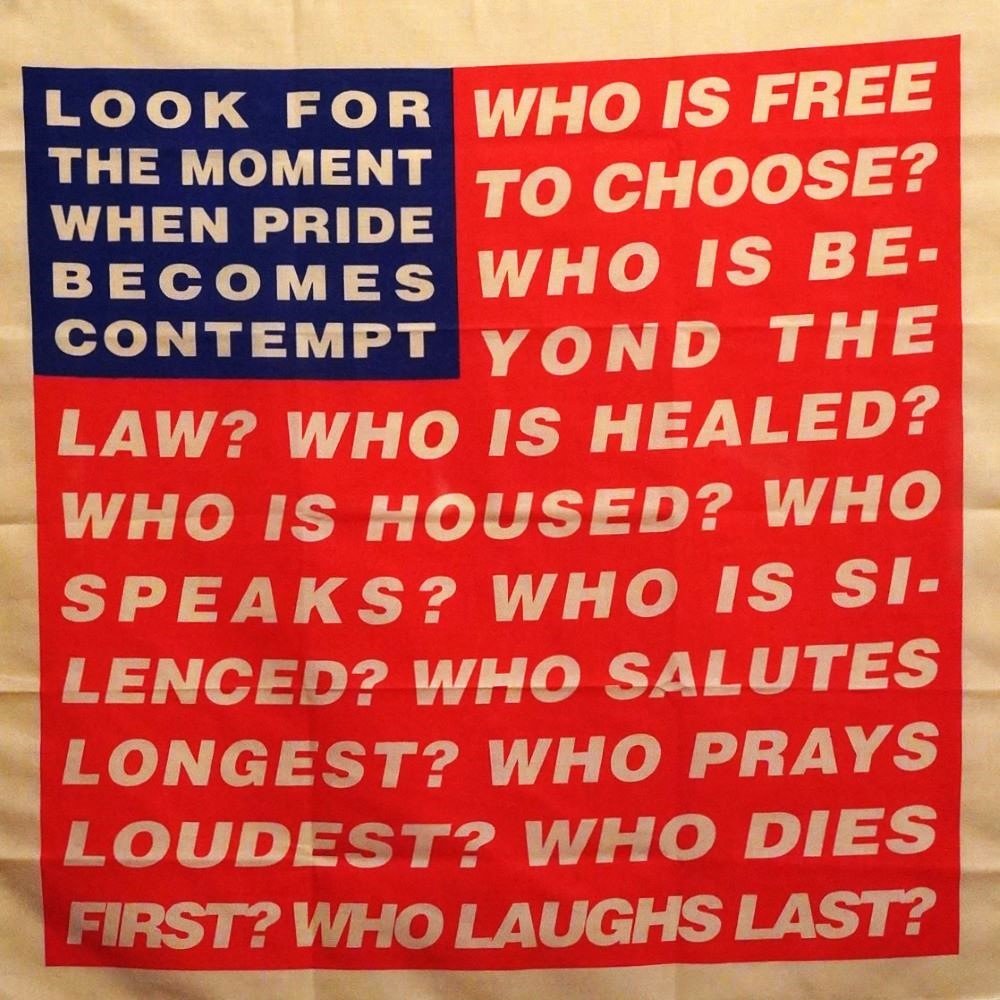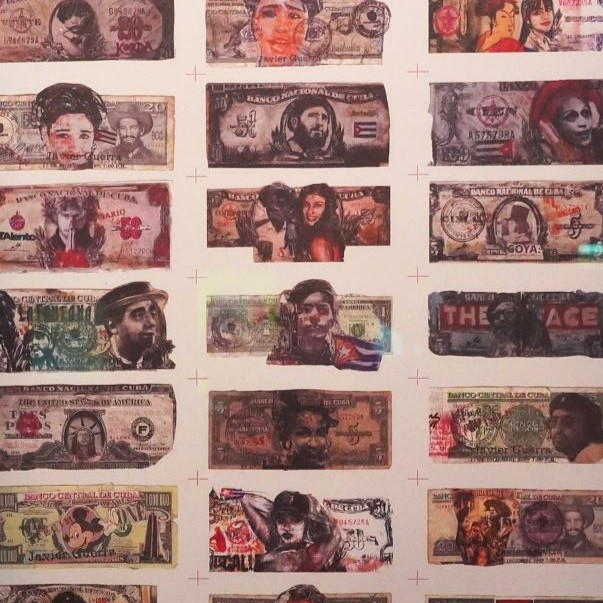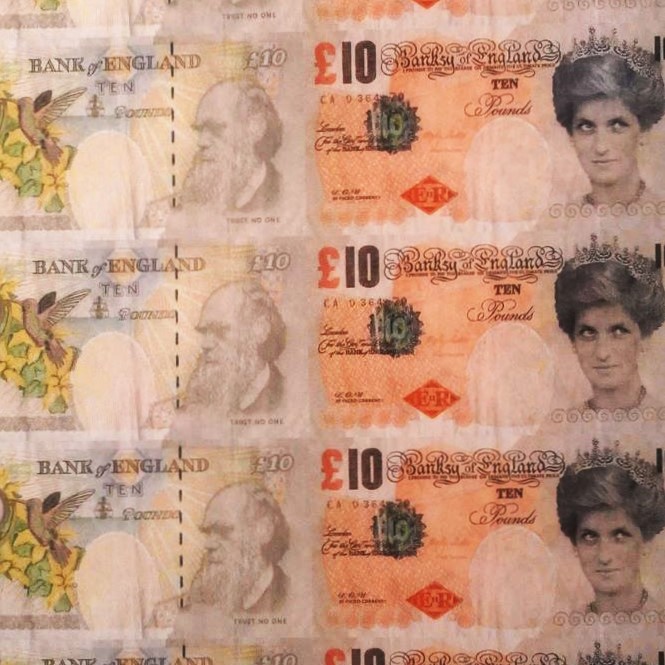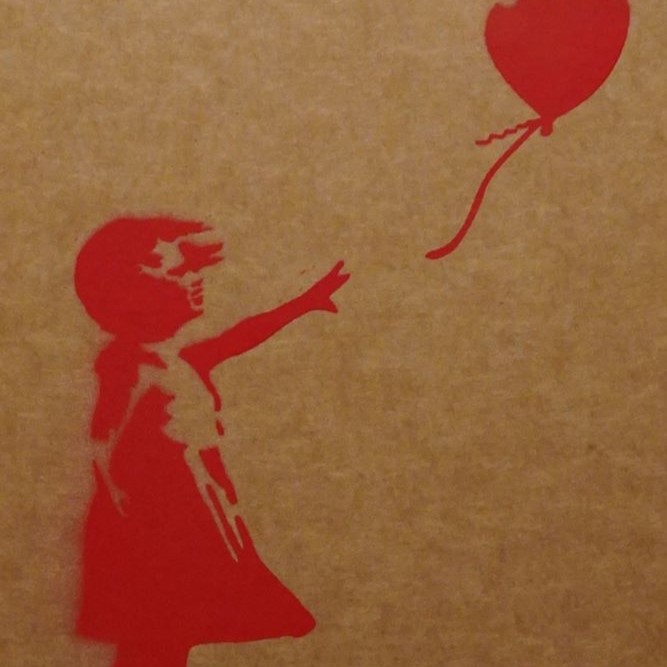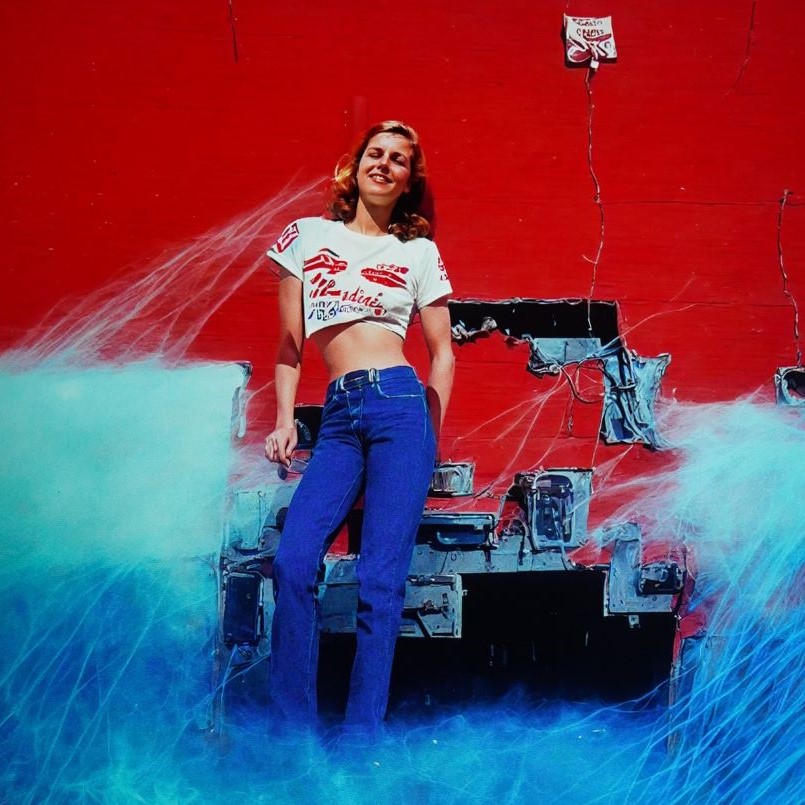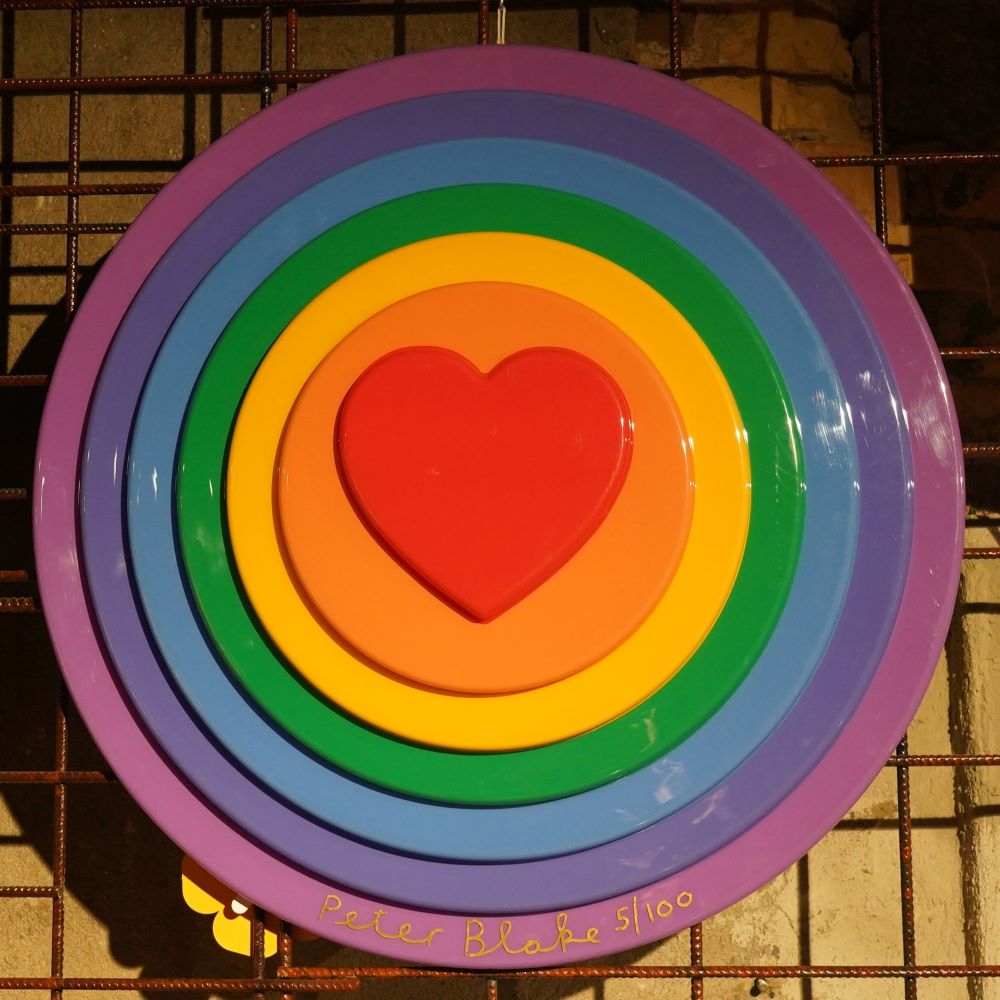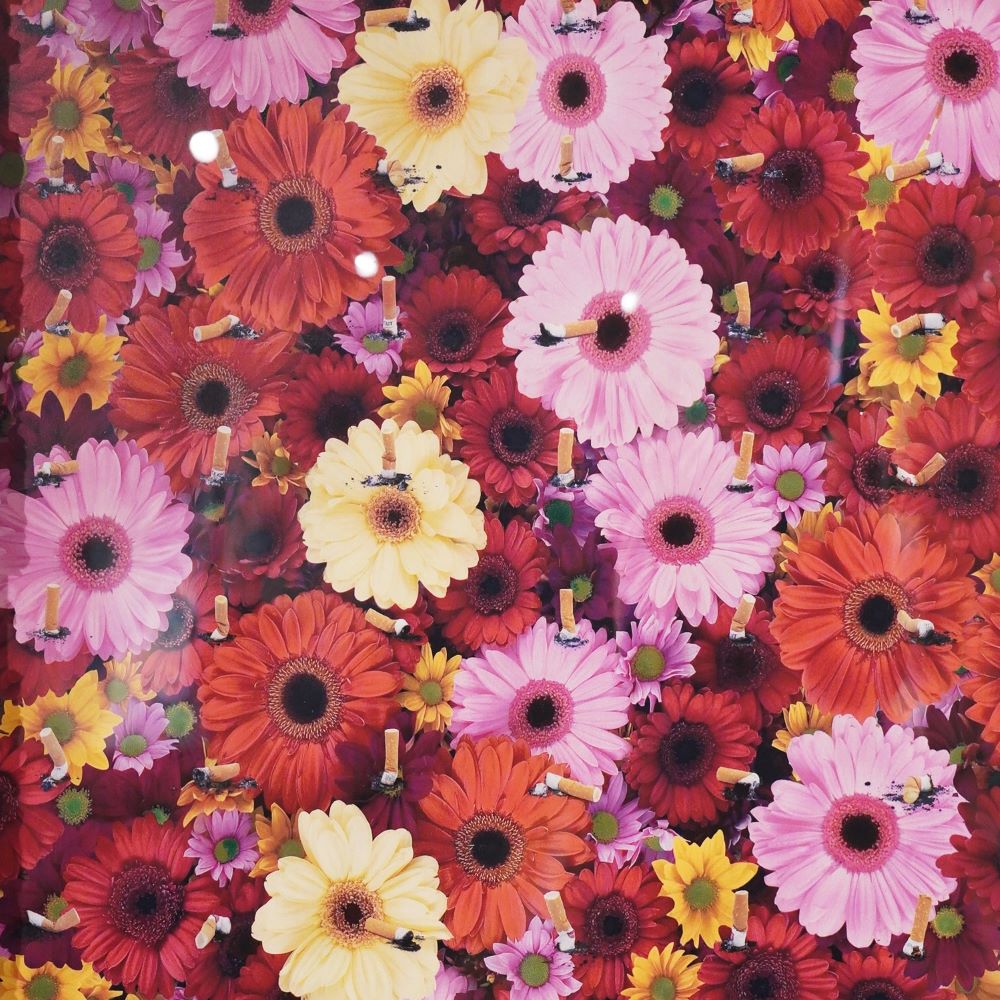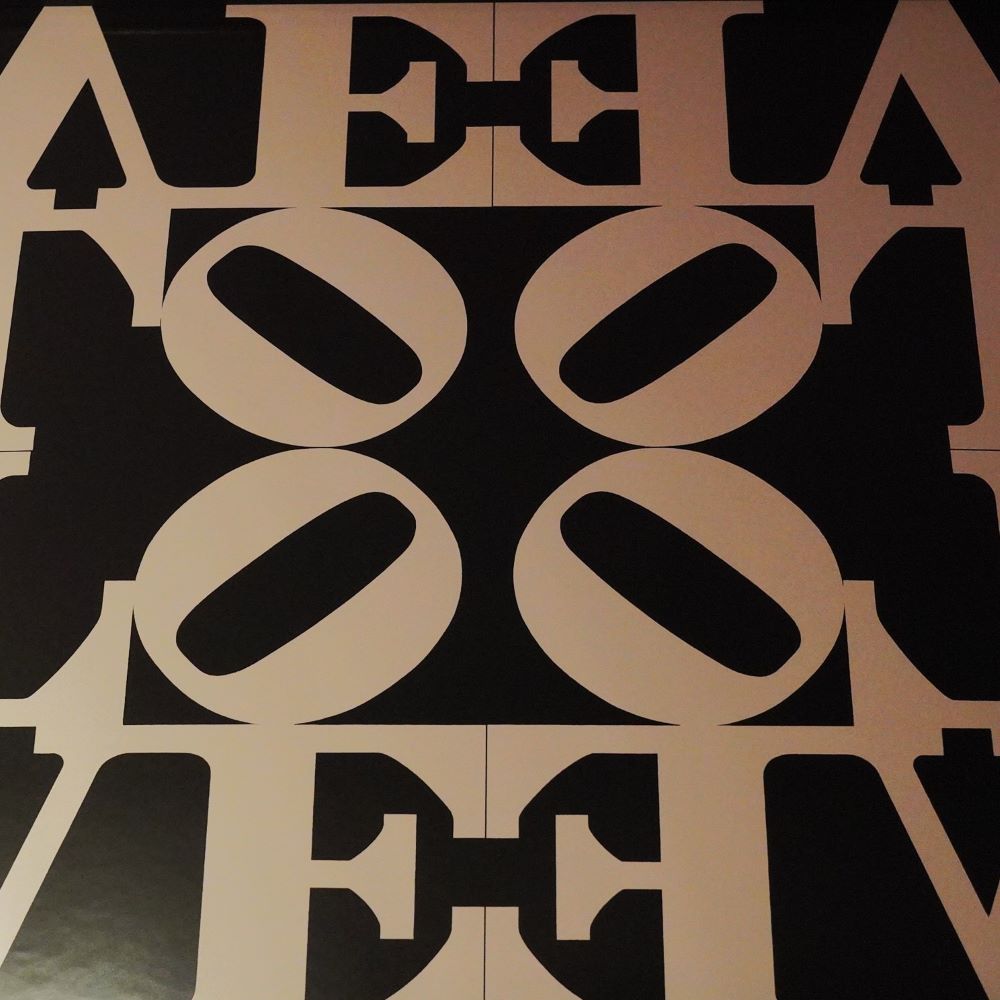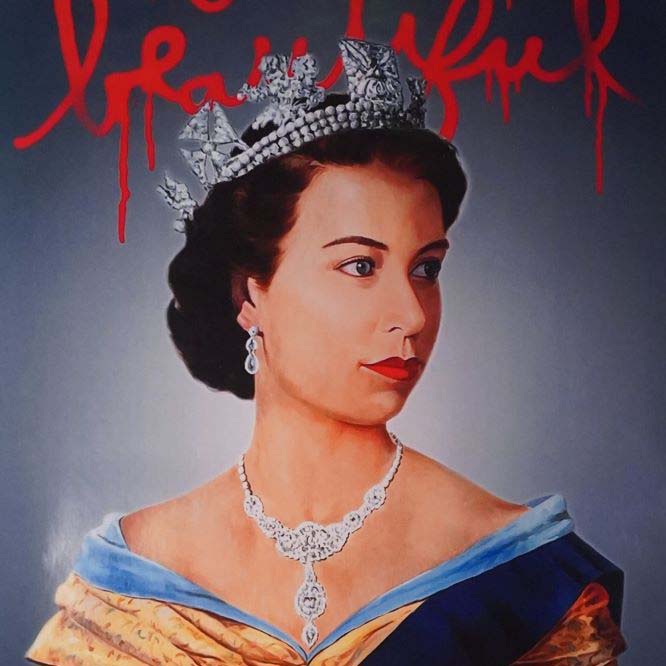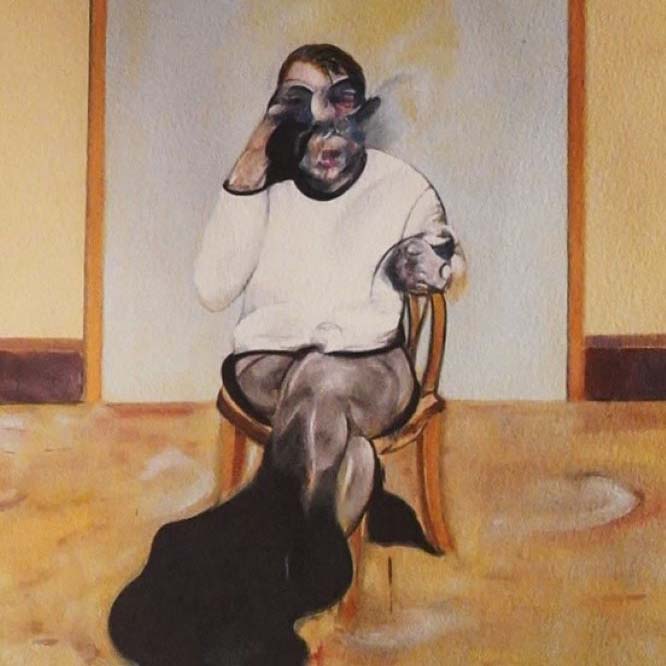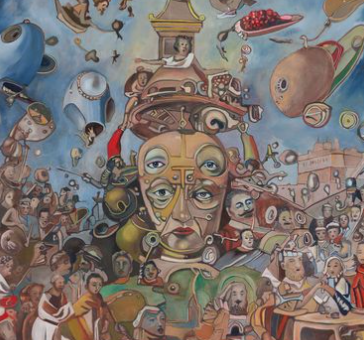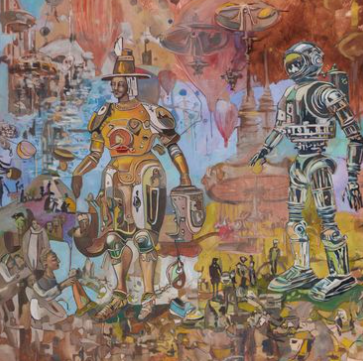Room 1
THE BEGINNINGS
Firstly, the reference to the seeds of Pop art, the Dada and Surrealism movement in the first half of the 20th century, when Marcel Duchamp and Man Ray started changing the context of everyday objects and presenting them as artworks. Even though one cannot use Man Ray’s “The Gift” for ironing anymore, one can appreciate how he pushed the limits of the very essence of the artwork and what art can be made out of.
Secondly, the emergence of Pop art in the late 1950s and early 1960s in both the UK and the USA, represented by Eduardo Paolozzi and Andy Warhol as examples from that period.
Thirdly, the bow to the beginning of Estonian Pop art and avant-garde artists at the time when Estonia was under Soviet Occupation such as Leonhard Lapin and Raul Meel. “Laulev puu” is an example on creating images on a typewriter and represents another paradigm shift.
Lastly, the start of digital art, namely computer generated NFT (non-fungible token) art, artworks by LarvaLabs and Damien Hirst.
Room 2
CULT OF CELEBRITY
Focus is on the cult of celebrity and the fact that Pop art innovatively started depicting portraits of well-known people at the time. Bright colors, large scale. As a historical comparison, the artists used to paint gods and rulers, those of power and/or money. Andy Warhol, King of Pop art started depicting the stars of his era, the actresses Marilyn Monroe and Elizabeth Taylor and singers such as Elvis Presley. At the same time series of the artworks were made and oftentimes silkscreen technique was used. While printmaking easily allows the repetition of motifs, Pop art also changed the essence of the term original. Therefore, there could be hundreds of Marilyns in the world, but being part of the series they are all original. The artworks by Roy Lichtenstein offer a different approach. he chose individual panels from the comic books, enlarged them and used bright colors. Even though they were out of context, this shift paired with Ben-day dots worked out well, establishing an immediately recognizable Lichtenstein style still used today.


